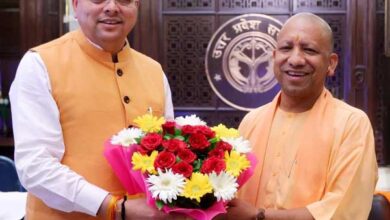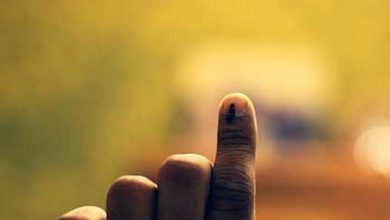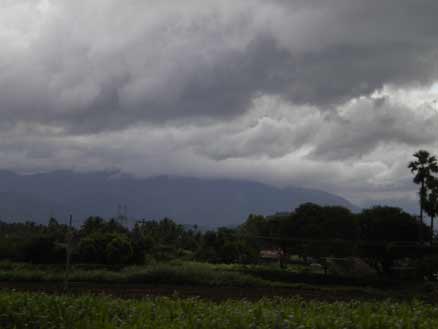Uttarakhand’s sex ratio predicted to fall below 800 by 2021

A study conducted by the Registrar General and Census Commissioner of India has found that the child sex ratio is all set to fall drastically to a little over 800 by 2021 census.
The report “The State of Female Foeticide in Uttarakhand” has been presented by the Asian Centre for Human Rights.
The sex ratio at birth (SRB) as per the Asian Centre for Human Rights was 861 in 2011-2012 and 867 during 2012-2013 in Uttarakhand, respectively.
If under-five mortality rate (U5MR) of 48 deaths per 1,000 births in India is taken into account in the context of the hill state, the child sex ratio would have reduced to 813 in 2011-2012 and 819 in 2012-2013.
Uttarakhand has the seventh lowest child sex ratio (CSR) in the age-group of 0-6 years among 35 states/UTs of India, as per the 2011 census, with CSR of 890 girls per 1,000 boys.
As per the statement of Health Minister JP Nadda before the Parliament on March 3, 2015, not a single conviction was secured from 2009 to December 2014 under the Pre-Conception and Pre-Natal Diagnostic Techniques (Prohibition of Sex Selection) Act (PCPNDT Act), 1994, in Uttarakhand.
On the implementation of the Nanda Devi Kanya Yojana (NDKY), launched in 2009 and renamed as Hamari Beti Hamara Abhiman (HBHA) in 2014, the report stated that the Uttarakhand Government had failed to achieve its primary objectives of reducing gender imbalance, prevent female foeticide and provide social and economic security to the girl child.
The scheme itself was designed not to have any impact. The NDKY is extended only to Below Poverty Line (BPL) families while the Above Poverty Line (APL) families who use and can afford sex selective abortion are completely left out. Even for the BPL families, the NDKY covered only 4.97 per cent of the BPL families.
As per the BPL survey conducted by the Uttarakhand Government during 2011-2012, there were a total of 6,19,718 BPL families but as per the state government’s own admission, only 30,830 girls or 4.97 per cent of the BPL families were given benefits under the NDKY in five years from 2009 to 2015.
In terms of those born, as per the 2011 census, a total of 2,50,803 females in the age-group of 0–2 years or an average of 83,601 girls were born annually in Uttarakhand.









